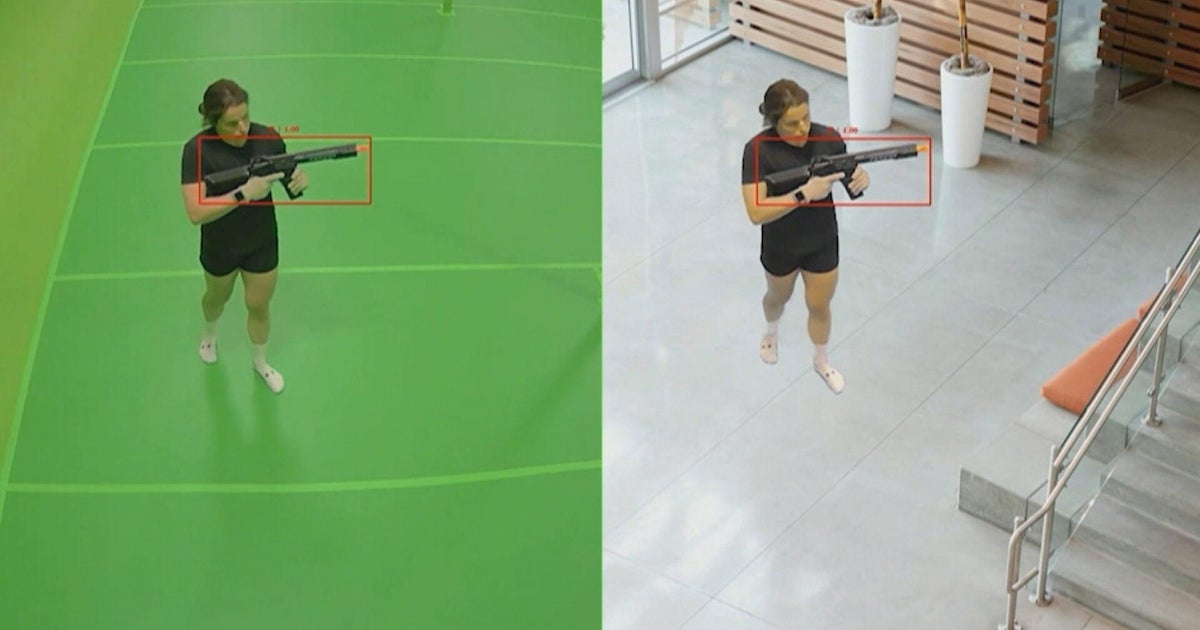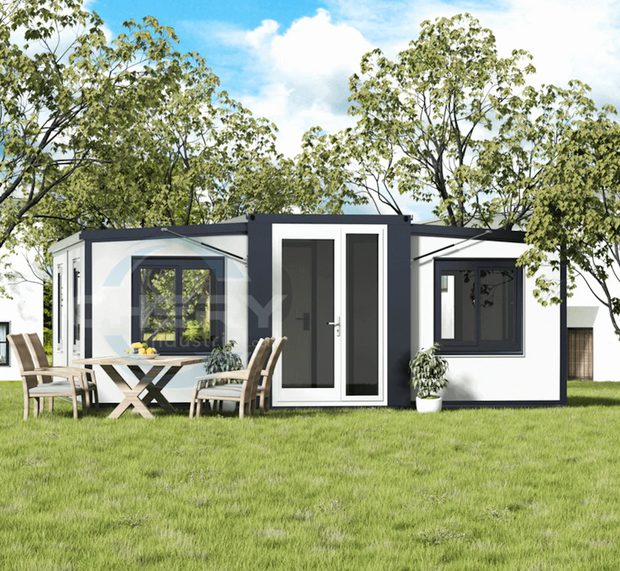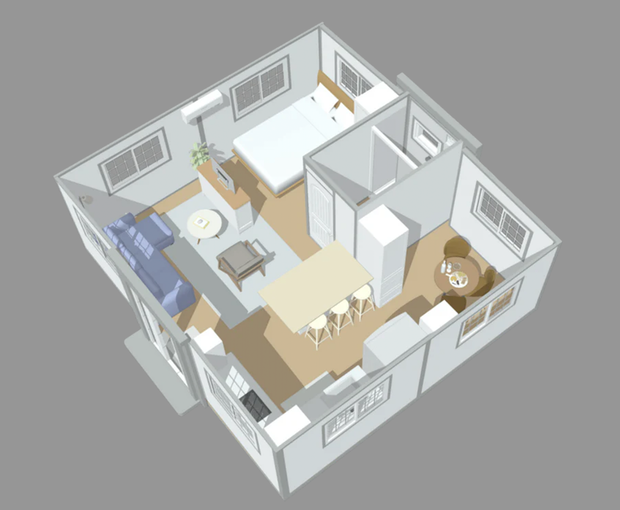CBS News
Walmart is selling a tiny house for less than $16,000

These days you can have almost anything shipped to your door from websites like Amazon and Walmart — including a house.
Walmart is now selling a tiny house online for $15,900. The 19-by-20 feet “expandable prefab house” is delivered by flatbed truck and requires a forklift for unloading, according to the online listing.
Made by Chery Industrial, a New York-based storage solutions company, the tiny home has space for a bedroom, living room, bathroom, dining room and kitchen. It comes unfurnished and without appliances.
Chery Industrial
Some Americans are turning to tiny homes amid high housing costs across the country, driven largely by a housing shortage stemming from a construction downturn following the 2007-09 Great Recession. Still, the sticker price could be deceiving, given the additional costs associated with owning such a home.
For starters, one would require land on which to install it, as well as building a foundation. The item’s description also recommends pouring concrete on its legs to increase its stability. Then there are also costs for everything from hiring a forklift for unloading the home to installing appliances.
Chery Industrial
In April, Amazon started listing the same tiny home, which is currently unavailable on its site. Chery Industrial also makes what it calls an “Apple Cabin,” which is currently available for sale on ebay, for $20,000, and whose exterior resembles an Apple electronic device, like an iPhone.
CBS News
Russia accuses U.S. of adding fuel to the fire, 1,000 days after war began

Watch CBS News
Be the first to know
Get browser notifications for breaking news, live events, and exclusive reporting.
CBS News
UN says gangs looted aid trucks in Gaza

Watch CBS News
Be the first to know
Get browser notifications for breaking news, live events, and exclusive reporting.
CBS News
Inside the $3 billion school security industry as deadly shootings continue

Philadelphia — Rob Huberty’s operations center reads “military” — for good reason.
His company, ZeroEyes, seeks to fight the American scourge of school shooters. Its artificial intelligence technology scans security cameras for guns in hundreds of school districts, beaming images to a central command for rapid fire inspection. The software flags suspicious images to workers, who are then able to dispatch authorities with the press of a button.
Huberty, an ex-Navy SEAL, was struck by surveillance footage of the 2018 Parkland school shooter which showed his weapon visible on camera before the massacre occurred. No one was watching at the time, however, and the shooter went on to kill 17 people. ZeroEyes hopes to prevent that from happening by creating a window of opportunity to save lives before a shooting starts.
Just in the last four years, school shootings have killed more than 200 people and injured more than 600, according to a CBS News analysis of the K-12 School Shooting Database. Schools are spending hefty amounts on products like AI surveillance monitoring and collapsible safe rooms, while bulletproof backpacks and school supplies are marketed to fearful parents.
The ZeroEyes technology is pricey, costing tens of thousands of dollars annually. It also can’t spot hidden weapons, like a gun tucked in a backpack.
In Alabama, commercial contractor Kevin Thomas has a different solution: a collapsible, expandable safe room installed inside the classroom. It’s floor-to-ceiling, bullet-resistant and roomy enough for 30 students. Thomas started building the devices after 22 people were killed in the Uvalde school shooting in 2022.
Around $3 billion is spent on school security annually, according to market research firm Omdia, but Rutgers University professor Daniel Semenza says there’s “not very good research” to suggest the money is well spent.
“It’s a fear response, and it’s an empowerment,” Semanza said.
Thomas’s safe room has a hefty price tag of $45,000. He says he would donate one to every classroom and would put himself out of business if he could — not likely, as America’s schools edge closer to fortresses.











